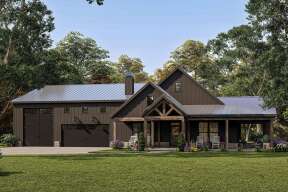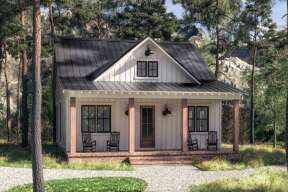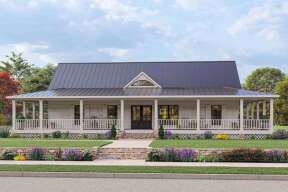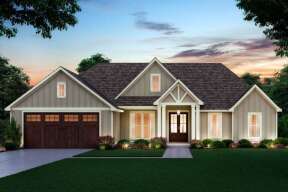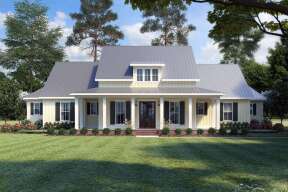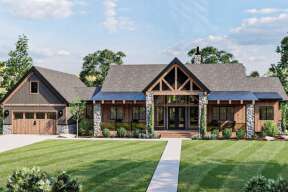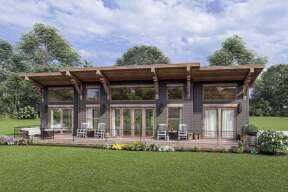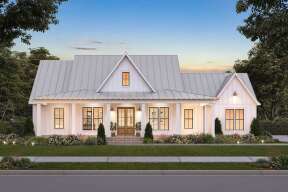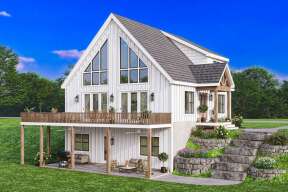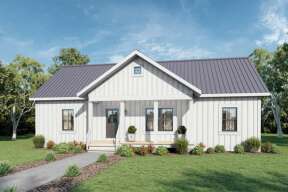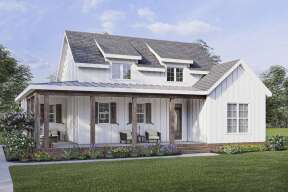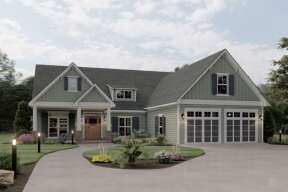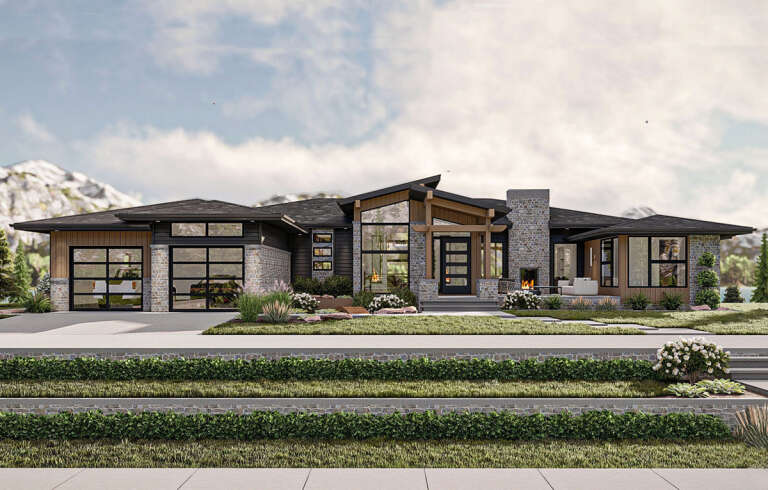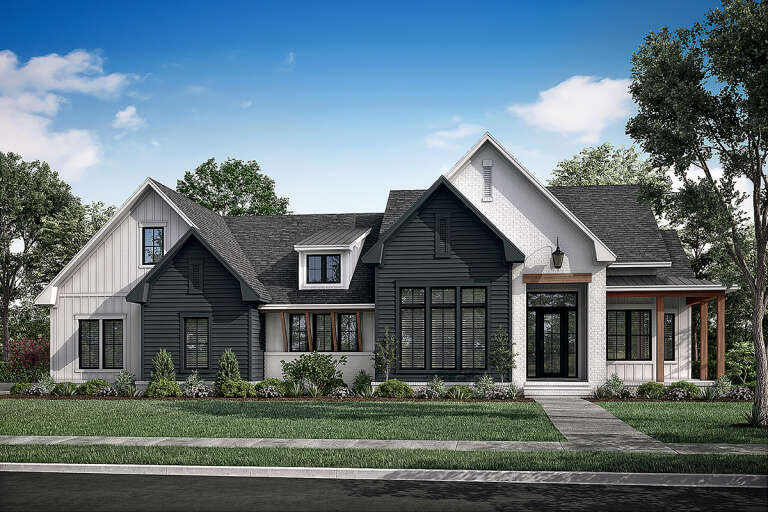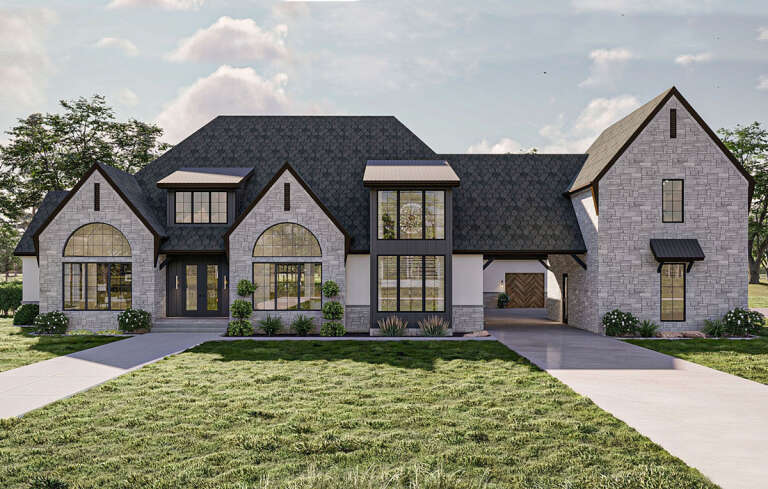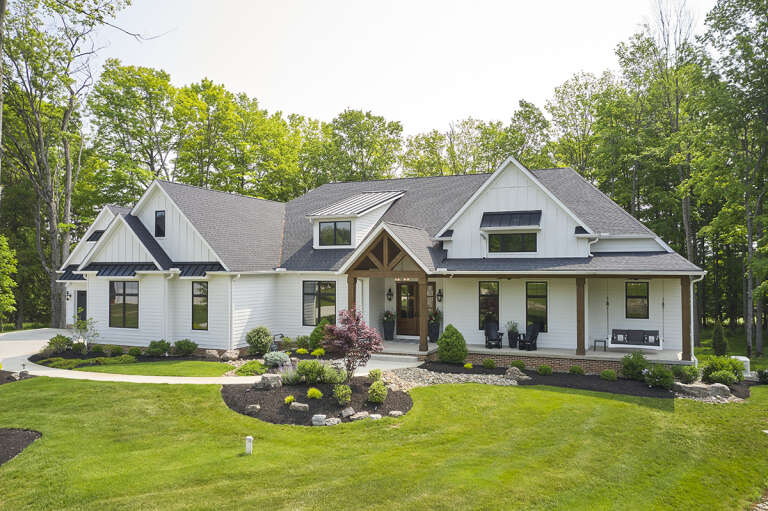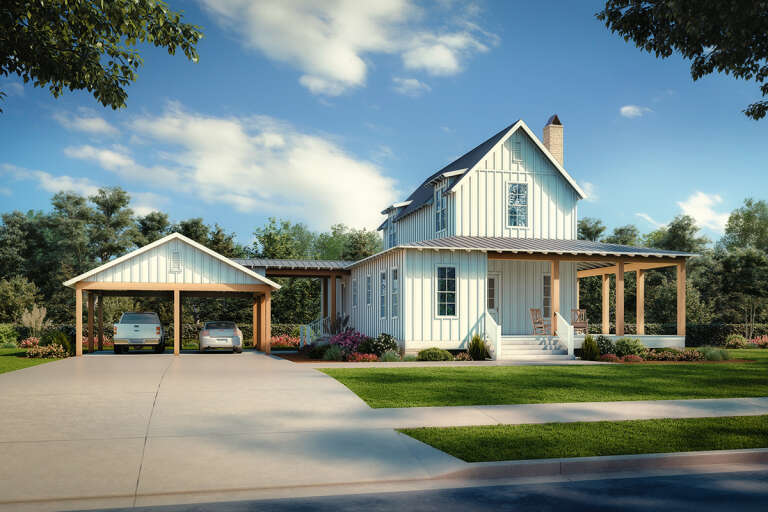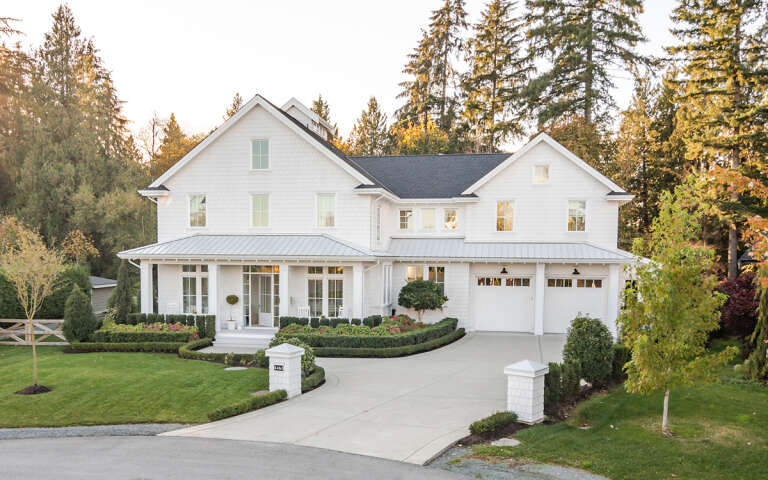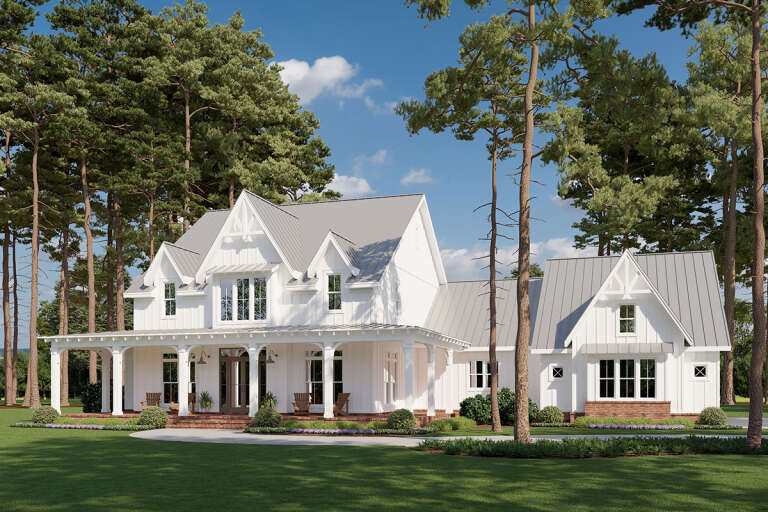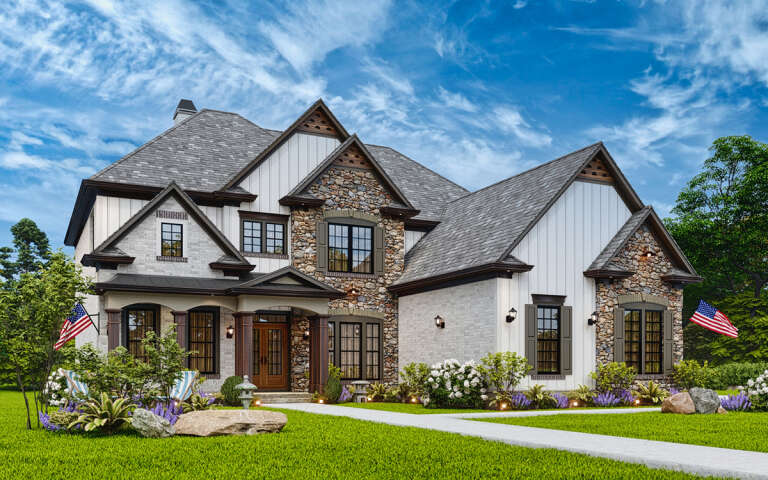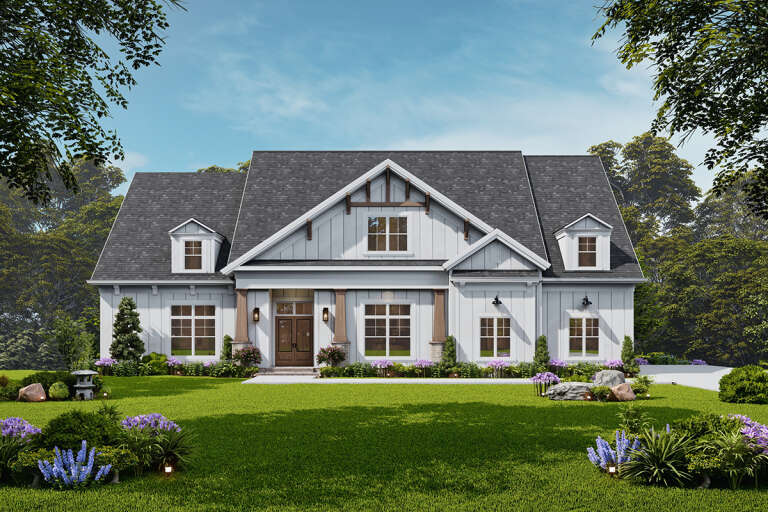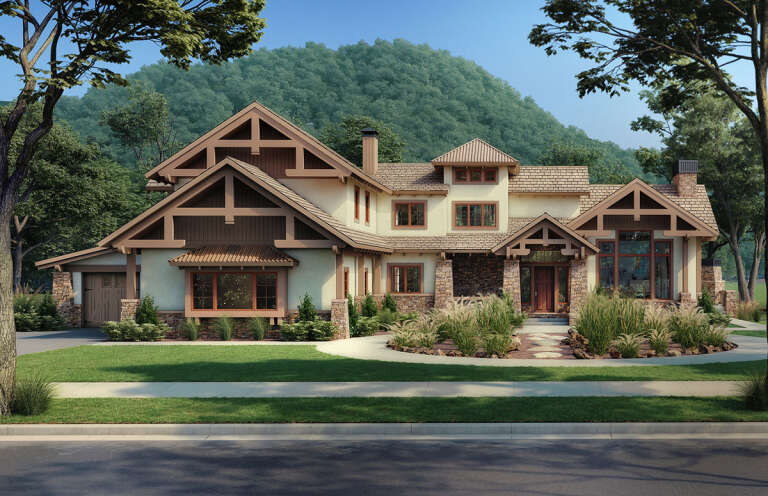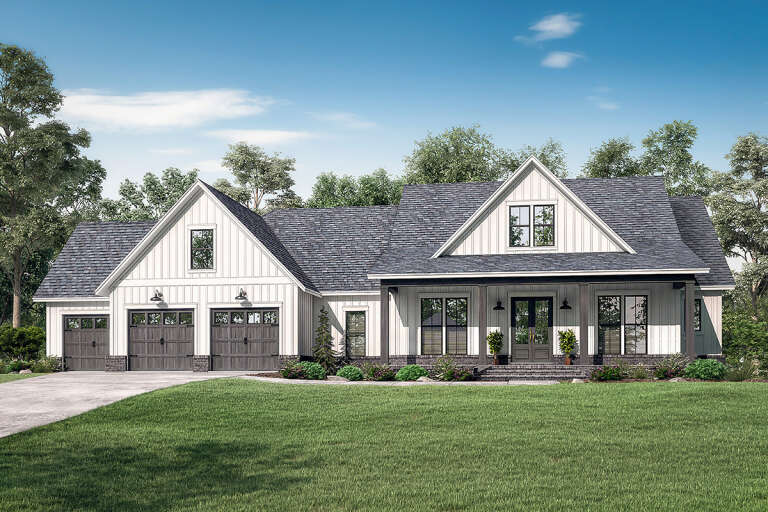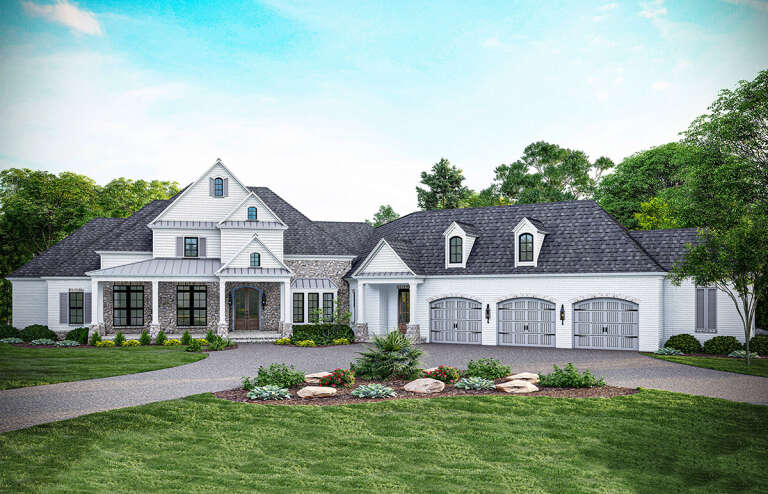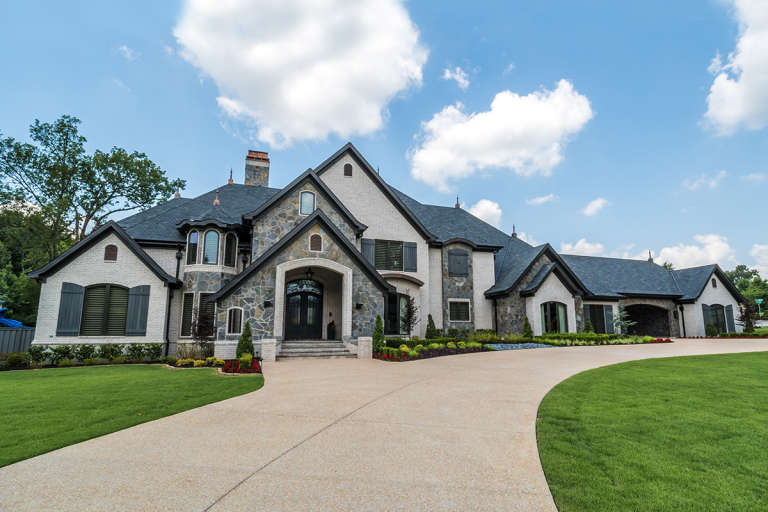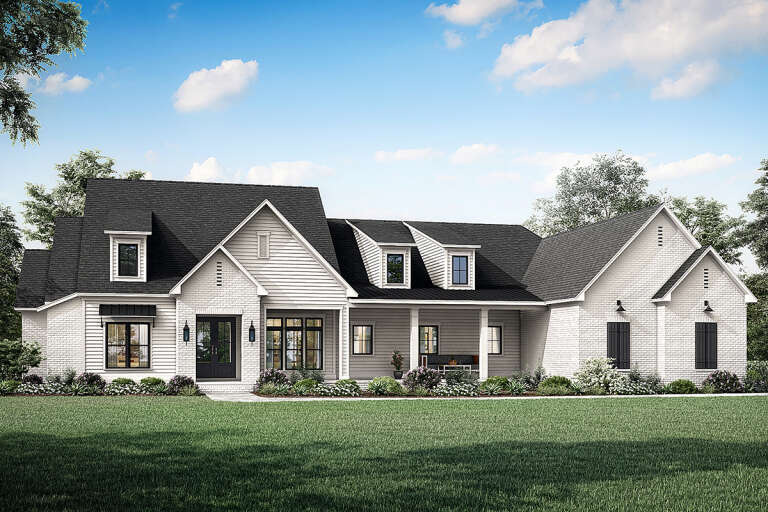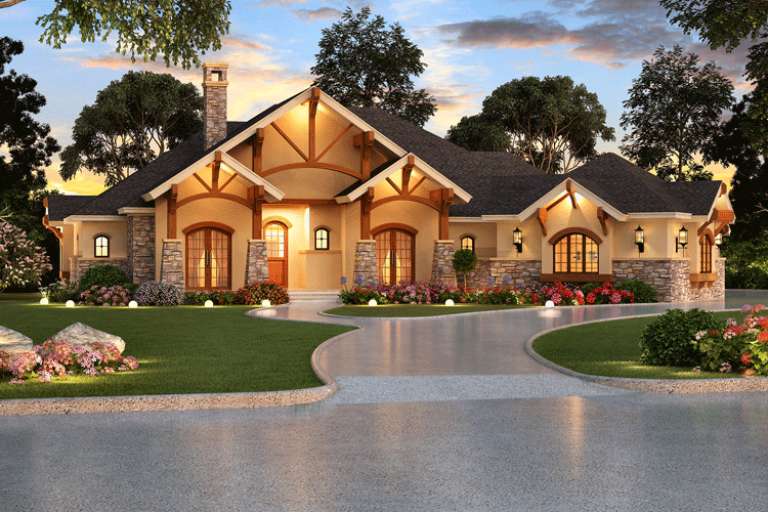1,253 Results
SORT BY
House Plans with Keeping Rooms FAQ
What is a keeping room in a house plan?
A keeping room is typically located near the kitchen for the family to relax and talk with guests while preparing the meal. Initially, keeping rooms in house plans were small and basic, typically used by households of the 1600s as private quarters exclusively for family members.
Today, however, these rooms serve a broader purpose and can be used as an extra living room or game room, allowing families to spend quality time together comfortably. They may also include wine refrigerators, fireplaces, and seating areas to set the mood and atmosphere.
House plans with keeping rooms provide practical style solutions for those looking to create a warm, inviting atmosphere within their home without breaking the bank. In addition, House plans with keeping rooms offer an ideal place for easy conversation among family members and friends while ensuring everyone has plenty of space.
What is the history of the keeping room?
As stated above, the keeping room has been a part of house plans since the 1600s, when it was used as a combination kitchen and living room, where people would gather due in large part to the fact that it was the warmest room of the House in the cold winter months. As a result, keeping rooms were designed with high ceilings, large fireplaces, and an open floor plan to accommodate family gatherings and mealtimes. In the 19th century, keeping spaces found their way into Victorian-style homes as formal sitting rooms.
Today, keeping rooms are typically located near the kitchen or living space and provide additional space for entertaining guests or simply relaxing after a long day. Many modern homes feature keeping rooms that incorporate cozy couches and chairs, bookshelves, and decorative lighting that reflect the homeowner's style.
What is a keeping room used for?
A keeping room can be used in a variety of ways. There are several keeping room ideas, from an informal dining area or family gathering spot to a private library or home office. A keeping room off the kitchen is often decorated with comfortable furniture and amenities like built-in bookshelves, game tables, and fireplaces to create a warm and inviting atmosphere.
Why is it called a keeping room?
The name "keeping room" comes from the historical purpose of the space. In the 1600s, keeping rooms were used as a combination kitchen and living area where families gathered and stored food and other household items, hence the term "keeping". Today, while keeping rooms can still be used to store things, they tend to be used more as entertaining or relaxing spaces.
What is the difference between a hearth room and a keeping room?
While the functions of a hearth room and a keeping room are relatively similar, the difference between the two rooms lies mainly in the size of the room. Keeping rooms are often used as informal living or gathering spaces just off the kitchen, while hearth rooms are more prominent and frequently used as dining rooms or home offices.
Does a keeping room need a fireplace?
Traditional keeping rooms had fireplaces in the past because they were used for cooking family meals. However, modern rooms don't need a fireplace to be considered a keeping room.
Is a keeping room a family room?
A keeping room is not necessarily a family room but can be used similarly. A keeping room tends to be used as an informal gathering or living space, while a family room is usually larger and better suited for entertaining large groups of people. Both rooms can offer ample storage space, comfortable seating, and other amenities.


